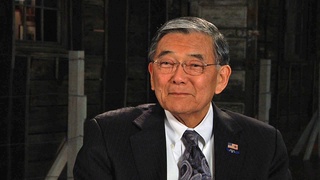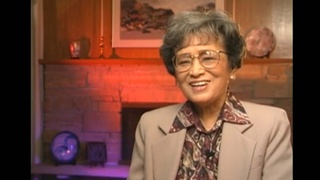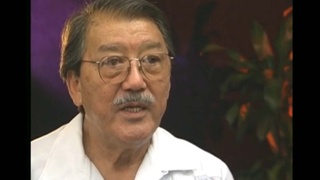Interviews
Changing Minds
I think that NCRR did the most in terms of the younger people, and JACL had to convince their older members. 'Cause a lot of them were opposed to it. They just thought it would be welfare. "We don't want to take that money from the government." And you have to explain to them, it's not welfare, it's what you're entitled to, you know, you can sue someone for that kind of wrong that's committed against you. You do it for an automobile accident, you do it for personal injuries, it's part of the American system, and there's no reason to think that it was welfare.
Date: September 11, 1997
Location: California, US
Interviewer: Glen Kitayama
Contributed by: Denshō: The Japanese American Legacy Project.
Explore More Videos

Involvement in JACL
(b.1935) American born Japanese. Retired businessman.

Finding supporters for the bill
(b. 1931) U.S. Former Secretary of Transportation

Thoughts on redress
(b. 1923) Nisei from Washington. Resisted draft during WWII.

Getting Jim Wright to sponsor the bill
(b. 1931) U.S. Former Secretary of Transportation

Positive experiences with Asian Americans for Action
(1924-2018) Researcher, Activist

Redress payments to Issei who did not enter camps
(1924-2018) Researcher, Activist

Waiting for the right time to start Redress Movement
(1924-2018) Researcher, Activist


The unheralded help from beyond the community
(1917 - 2004) Political activist


Need for Monetary Compensation
(1923–2008) One of the leaders behind the redress movement.

Erasing the Bitterness
(1923–2008) One of the leaders behind the redress movement.



Why I joined the Japanese American Citizens League
Judge, only Japanese American to serve on CWRIC.
